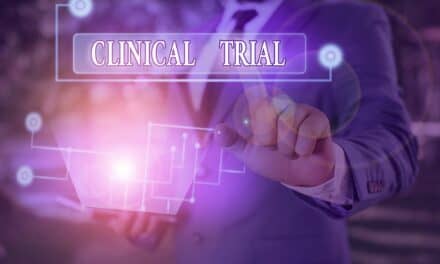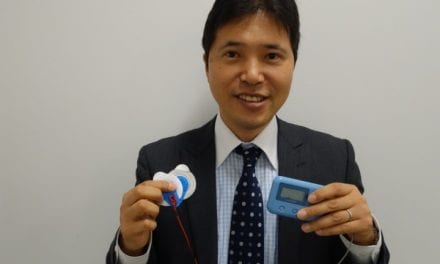Harmony Biosciences, a pharmaceutical company dedicated to developing therapies for patients with rare neurological diseases, announced the publication of a data analysis in the December issue of CNS Drugs that evaluates time to onset of response to pitolisant for excessive daytime sleepiness (EDS) and cataplexy in adult patients with narcolepsy.
The post-hoc analysis evaluates data from HARMONY 1 and HARMONY CTP, two randomized, double-blind, 7-week or 8-week clinical trials of pitolisant where patients were titrated to a potential maximum dose of 35.6 mg/day. Efficacy was assessed by the Epworth Sleepiness Scale (ESS) and weekly rate of cataplexy. Onset of response was defined as the first timepoint of statistical difference between pitolisant and placebo.
“We are pleased to share the results from this post-hoc analysis that sheds light on the time course of response to WAKIX (pitolisant) based on data from two phase 3 trials,” says Harmony’s chief medical officer, Jeffrey Dayno, MD, in a statement. “Even though narcolepsy is a chronic disorder, often requiring life-long therapy, both patients and healthcare professionals usually want to know the time to response after initiating treatment, which can help to manage patient expectations. This analysis provides the data to support that response to WAKIX begins in the first few weeks of therapy for some patients while, for others, it may take up to 8 weeks to experience a clinical response. This is also important to know as an adequate treatment trial is often required when managing patients with a chronic disorder like narcolepsy.”
This post-hoc analysis included 61 patients from HARMONY 1 (pitolisant, n=31; placebo, n=30) and 105 patients from HARMONY CTP (pitolisant, n=54; placebo, n=51). Onset of response began at week two for HARMONY 1 and week three for HARMONY CTP for the mean change in ESS score. A significantly greater mean change in weekly rate of cataplexy was observed at week two for HARMONY CTP and week five for HARMONY 1 with further improvement observed in pitolisant-treated patients through the end of treatment.
The percentage of treatment responders was significantly greater with pitolisant versus placebo beginning at week three for EDS (defined as an ESS score reduction ≥ 3) and week two for cataplexy (defined as a ≥ 50% reduction in weekly rate of cataplexy [HARMONY CTP]). Onset of response for EDS and/or cataplexy was generally observed within the first 2–3 weeks of pitolisant treatment in adult patients with narcolepsy.




